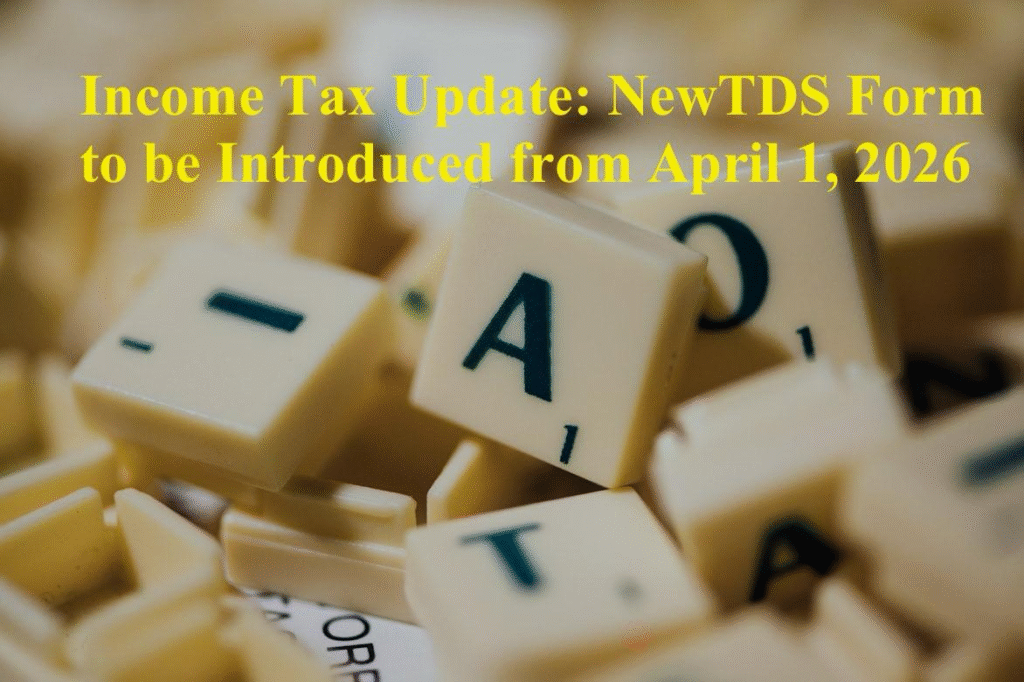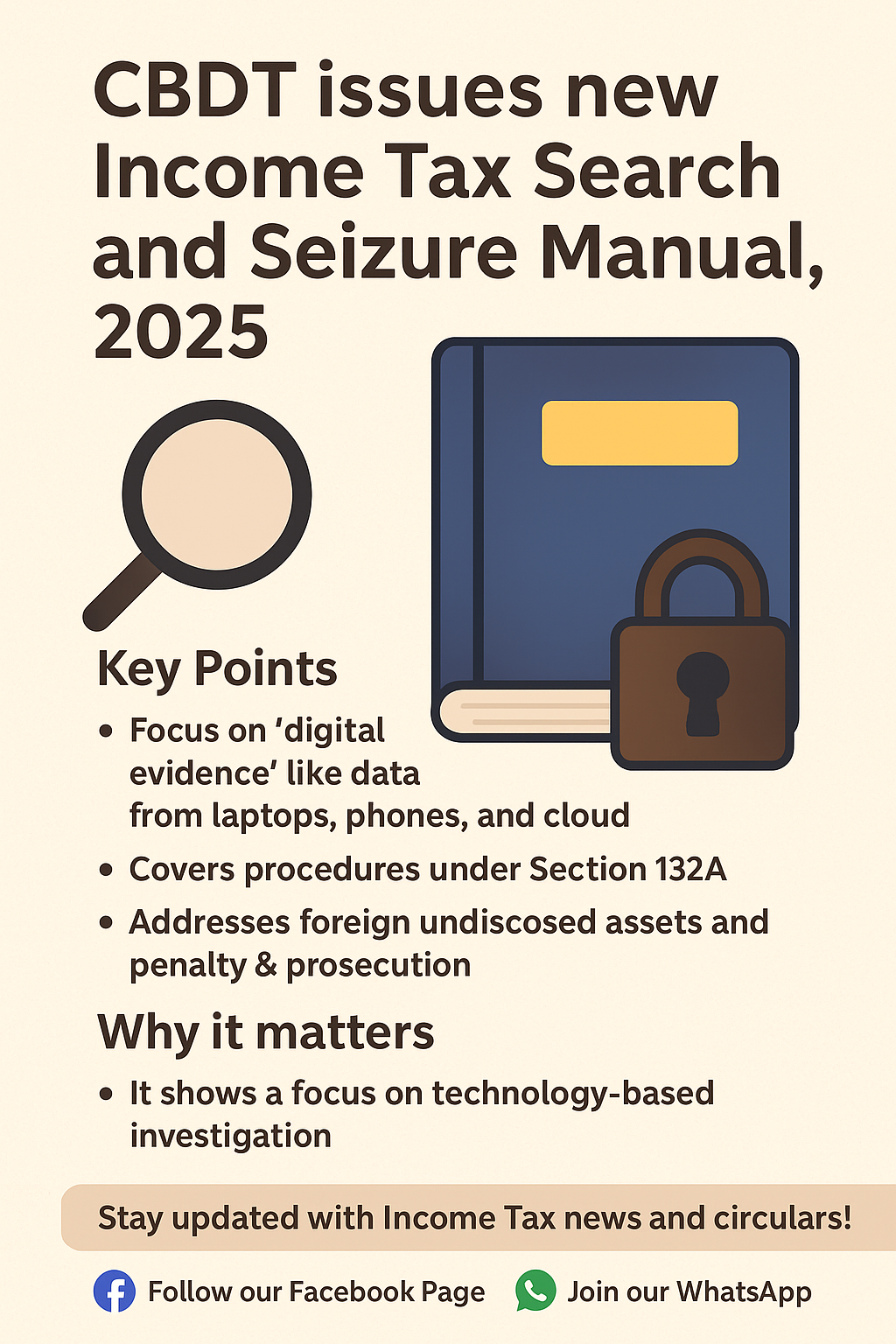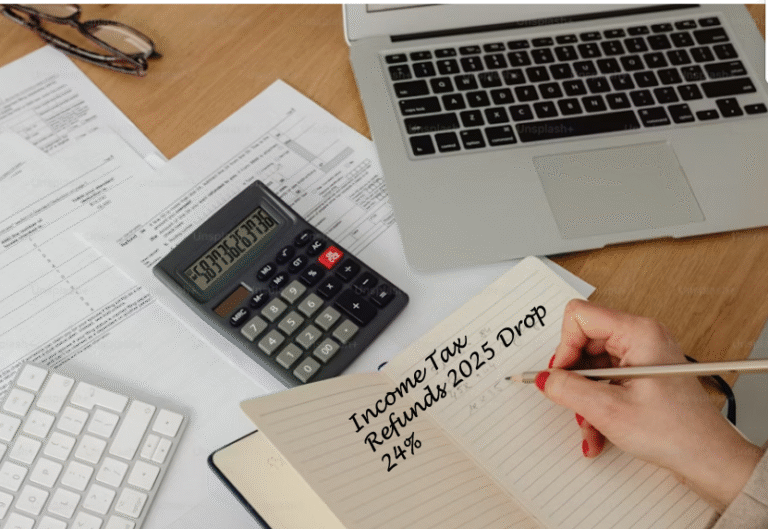
The Indian income tax system is set for an important revamp from 1st April’ 2026, with one of the biggest updates TDS Form is going to be revised. This change will not affect only taxpayers but also employers as the government has planned and continued its efforts to make tax compliance more transparent, efficient and technology driven. By simplifying procedures plugging revenue leakages will ensure better accountability. The revised TDS form will aim to improve the compliance experience for genuine taxpayers and it will strict to checks on evasion.
- Why the TDS Form is Changing?
It is undisputed fact that TDS is a keystone of tax collection mechanism in India and it ensures that tax is collected at the very point of income and reducing the chances of evasion. Several amendments have been made over the years to years, however, various reporting of mismatches and difficulties in compliances have continued to trouble both taxpayers as well as employers.
The government has observed that the existing TDS forms are unable to fully capture all required details and often create uncertainty at the time of filing and reconciliation. Therefore, the revised form seeks to create a uniform, userfriendly and digitally compatible system for reporting.
- Key Highlights of the New TDS Form
As per the latest updates, the revised TDS form will include the following major changes:
- Additional requirements of data to increase transparency.
- Integration with AIS with Form 26AS for a consolidated view of income.
- Sections are simplified to reduce common filing errors.
- Better digital compatibility for smooth online filing.
- comprehensible instructions for both deductors/ employers/ businessmen and deductees taxpayers.
It is expected that these steps will reduce mismatches in reporting and making assessments smoother. Further, it will help in cutting down unnecessary burdens of compliances.
- What would be the Impact on Salaried Individuals
In case of salaried employees, TDS is deducted monthly and proportionally estimating tax liabilities for complete financial year. The new TDS form is designed to provide better clarity in reporting income and deductions which will reduce errors that often lead to mismatch of TDS at the time of ITR filing.
Further, the integration of AIS data and Form 26AS will provide taxpayers a consolidated financial view minimizing the risk of any unreported income that will reducing the chances of receiving notices from the income tax department.
- What would be the Impact on Businessment and Employers
Employers who act as tax deductors of any orgnisation will need to update their systems for better allingnment with the new TDS structure. Payroll and accounting software processes must be upgraded and officials handling the compliance should be trained to avoid any mistakes. However, it is expected that small and medium businesses may face initial challenges in adapting the structured reporting mechanism but it will surely save time in the long run especially at the time of audits and reconciliations of financial statements
- What is the Government Objective
The revision of the TDS form aligns with the government’s broader agenda of digital reformation in tax administration. Measures like faceless assessments, e-verification of returns and online grievance redressal are part of this changes.
- What is the the motive of Government by introducing the new TDS Rules
- Improve voluntary compliance
- Reduction in disputes
- Strengthen the revenue collection
- Strengthen the base to fund for infrastructure and development projects.
- How Taxpayers Should Prepare
Since the changes will be effective from 1st April’ 2026, taxpayers, businesses, employer have ample time to prepare.
- Other change in Income Tax from April 2026
In addition to the revised TDS form, the government is expected to roll out other income tax updates from April 2026. Some of these are as under;
– Revised provisions for certain exemptions
– better rules on taxation of digital assets
– Modifications in advance tax provisions.
Taxpayers should be stay updated with official notifications as ignoring even minor changes can lead to complications at the time of assessment.
- Disclaimer
The article is based on the latest upadates available in respect of proposed changes effective from 1st st April, 2026. Tax laws are subject to amendment by the Government of India. Also the details shared may vary with official notifications. Readers are suggested to verify the above details from official websites of Income-tax Department or consult to professional tax advisor before making any financial/ compliance decisions.




